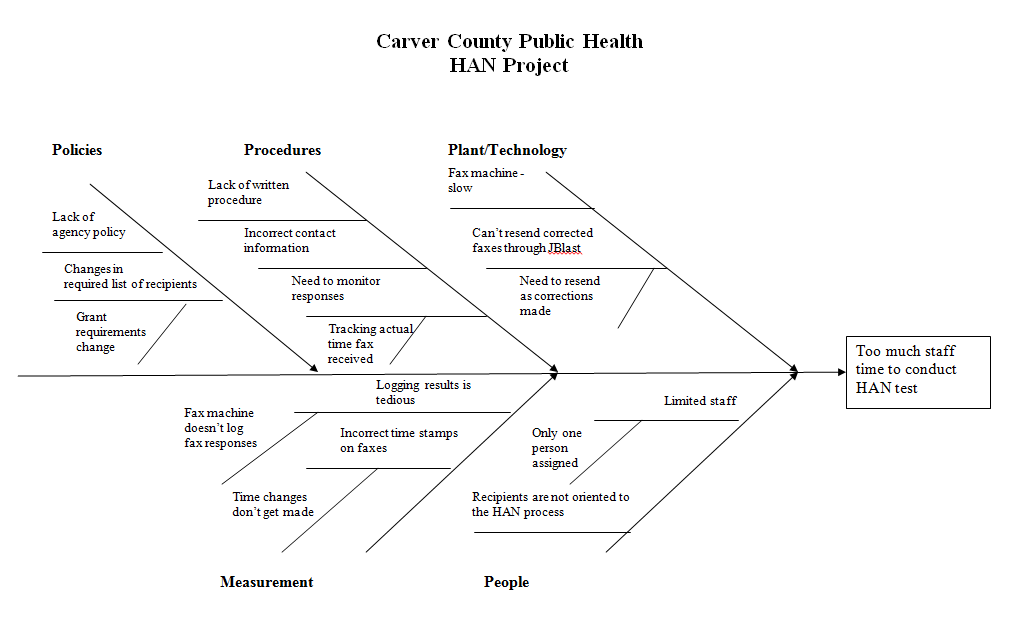Lab Skeletons/ 'fishbone' I think we need some clarification here and Ive found that an internet search produces mixed/unreliable results.Im talking about how we do lab notations. Ive seen what I thought were basic lab skeletons done in ways that I thought was all wrong only to find that it seems to be a regional thing. Biochemistry blood tests PowerPoint Templates Tag: blood, test, lab, leukemia, tube, report, red blood cells, haematology, sample, laboratory, biological, chemical.
Diverticulitis Microchapters |
Diagnosis |
|---|
Treatment |
Case Studies |
Diverticulitis laboratory findings On the Web |
Winning eleven 2002 psx iso english download. American Roentgen Ray Society Images of Diverticulitis laboratory findings
|

Editor-In-Chief:C. Michael Gibson, M.S., M.D.[1]Associate Editor(s)-in-Chief: Ahmed Elsaiey, MBBCH[2]
Overview

Diagnosis of diverticulitis starts by recording patient history and performing a physical examination. Laboratory tests are important in excluding other causes of abdominal pain and any other gastrointestinal disease. These laboratory tests include complete blood count (CBC), C-reactive protein (CRP), urinalysis, and liver function tests. Imaging studies including CT scan and colonoscopy are also important measures in diagnosing diverticulitis.[1][2]
Laboratory Findings
Lab Skeleton Word
The initial diagnostic measures for diverticulitis are taking a proper history, doing a physical exam, and performing laboratory tests. Laboratory tests are initially necessary to exclude other gastrointestinal diseases and confirm diverticulitis. These lab tests include the following:

Editor-In-Chief:C. Michael Gibson, M.S., M.D.[1]Associate Editor(s)-in-Chief: Ahmed Elsaiey, MBBCH[2]
Overview
Diagnosis of diverticulitis starts by recording patient history and performing a physical examination. Laboratory tests are important in excluding other causes of abdominal pain and any other gastrointestinal disease. These laboratory tests include complete blood count (CBC), C-reactive protein (CRP), urinalysis, and liver function tests. Imaging studies including CT scan and colonoscopy are also important measures in diagnosing diverticulitis.[1][2]
Laboratory Findings
Lab Skeleton Word
The initial diagnostic measures for diverticulitis are taking a proper history, doing a physical exam, and performing laboratory tests. Laboratory tests are initially necessary to exclude other gastrointestinal diseases and confirm diverticulitis. These lab tests include the following:
- C-reactive protein (CRP) - elevated due to inflammation
- Complete blood count (CBC)- CBC may show leukocytosis. A normal white blood cell count does not exclude diverticulitis, as most patients suffering from diverticulitis have normal bloodcell counts.
- Urinalysis: Urinalysis is performed especially in cases complicated by fistula and may show the following findings:[3]
- Pyuria- In the case of urinary tract infection
- Hematuria- In the case of nephrolithiasis
- Liver function tests- Amylase and lipase levels should be checked to exclude other diseases that cause abdominal pain.
Cbc Skeleton Template
References
- ↑Rafferty J, Shellito P, Hyman NH, Buie WD, Standards Committee of American Society of Colon and Rectal Surgeons (2006). 'Practice parameters for sigmoid diverticulitis'. Dis Colon Rectum. 49 (7): 939–44. doi:10.1007/s10350-006-0578-2. PMID16741596.<templatestyles src='Module:Citation/CS1/styles.css'></templatestyles>
- ↑Käser SA, Fankhauser G, Glauser PM, Toia D, Maurer CA (2010). 'Diagnostic value of inflammation markers in predicting perforation in acute sigmoid diverticulitis'. World J Surg. 34 (11): 2717–22. doi:10.1007/s00268-010-0726-7. PMID20645093.<templatestyles src='Module:Citation/CS1/styles.css'></templatestyles>
- ↑HAFNER CD, PONKA JL, BRUSH BE (1962). 'Genitourinary manifestations of diverticulitis of the colon. A study of 500 cases'. JAMA. 179: 76–8. PMID13903556.<templatestyles src='Module:Citation/CS1/styles.css'></templatestyles>
